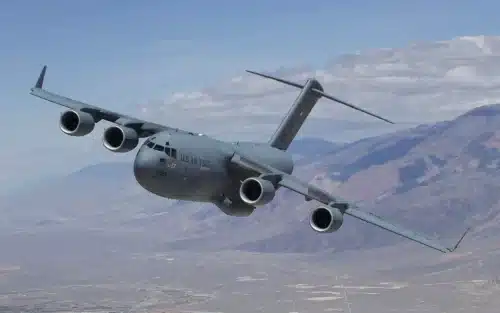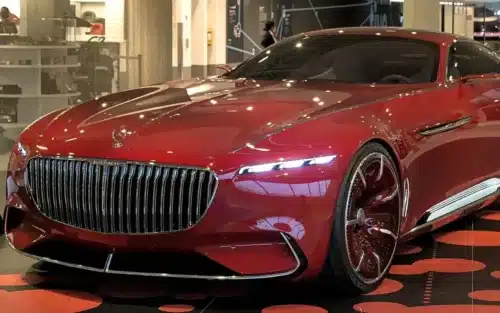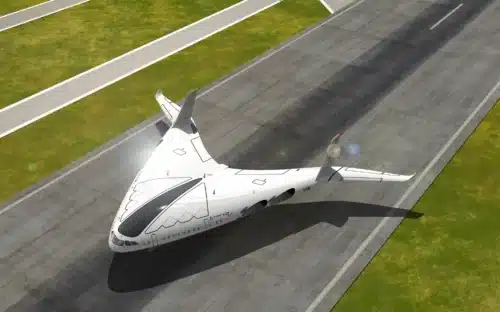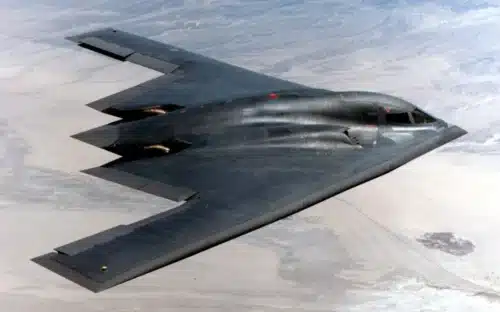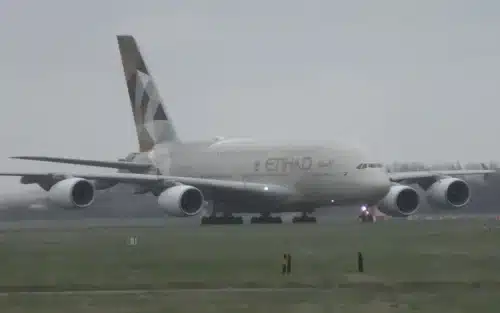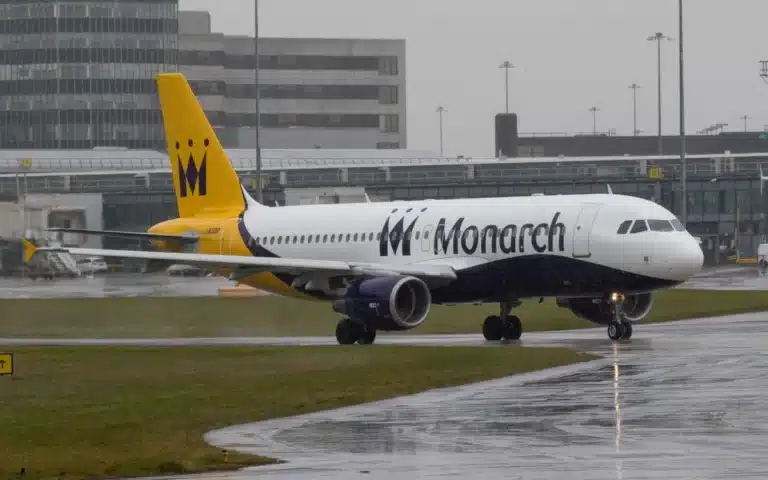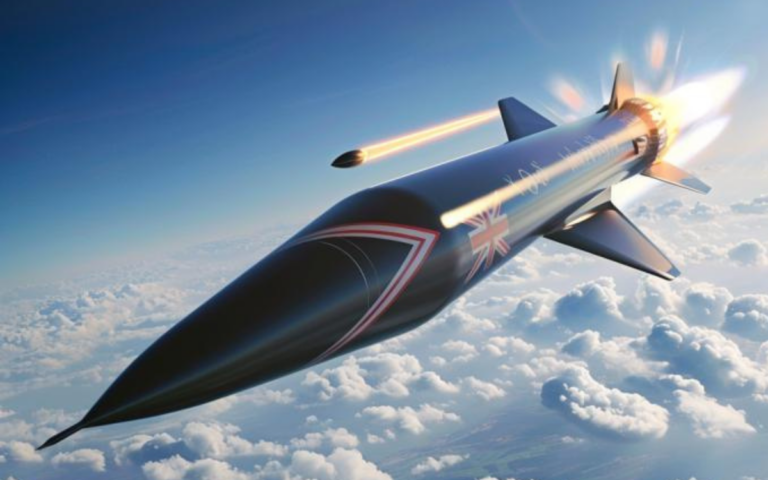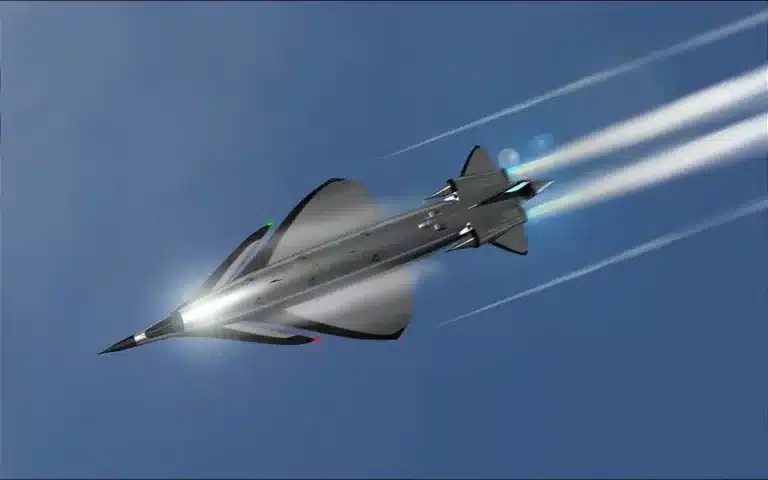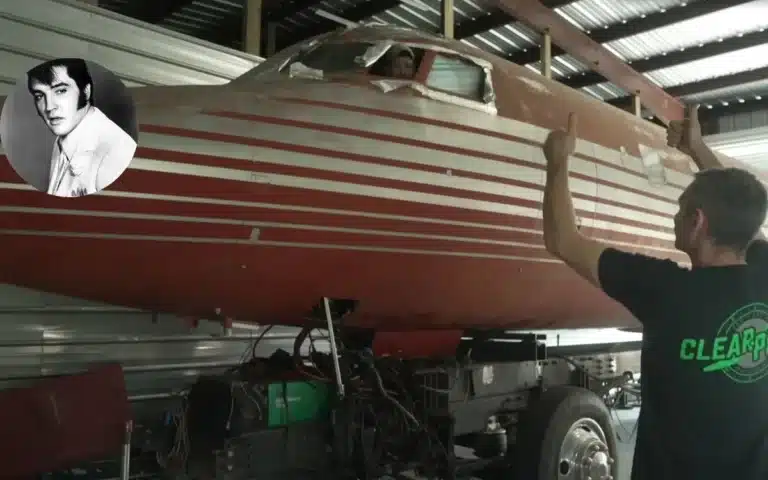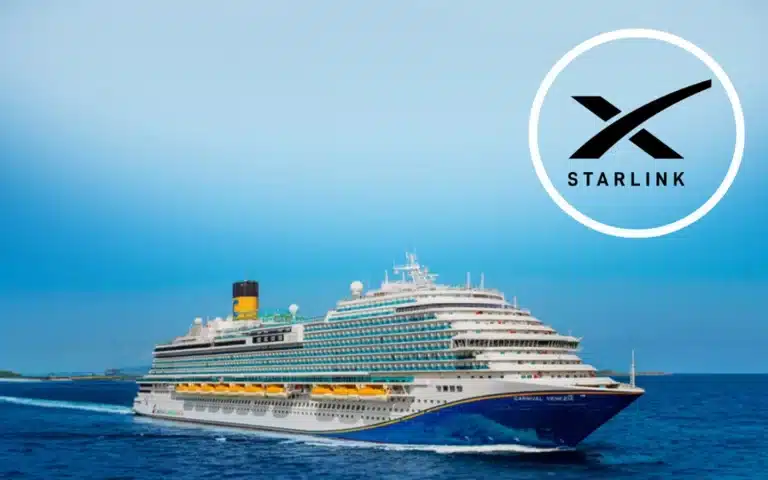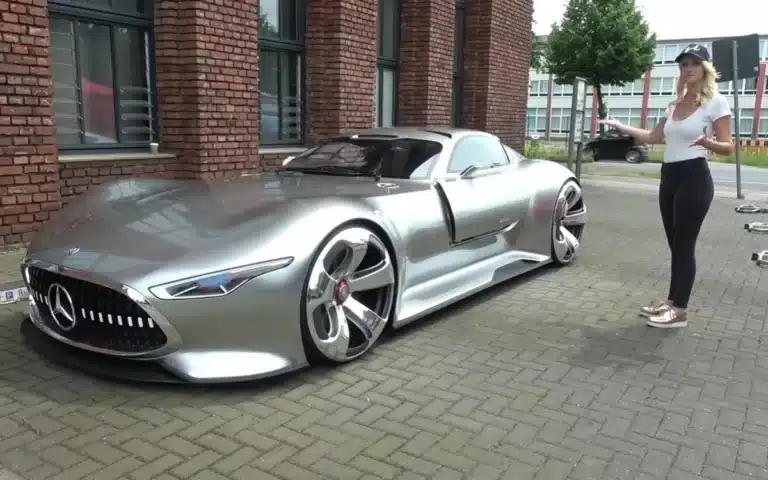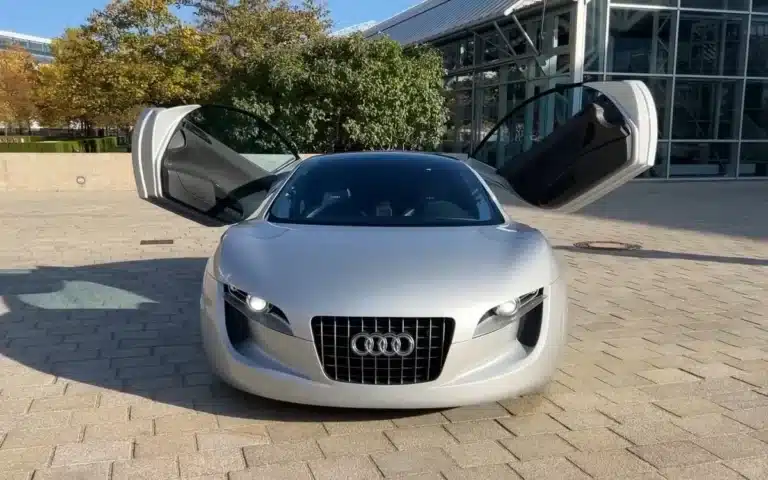Aviation design hasn’t really changed all that much over the past century.
The vast majority of production aircraft are little more than tubes with wings attached.
That could be about to change, though, as blended-wing planes are helping aviation achieve something remarkable.
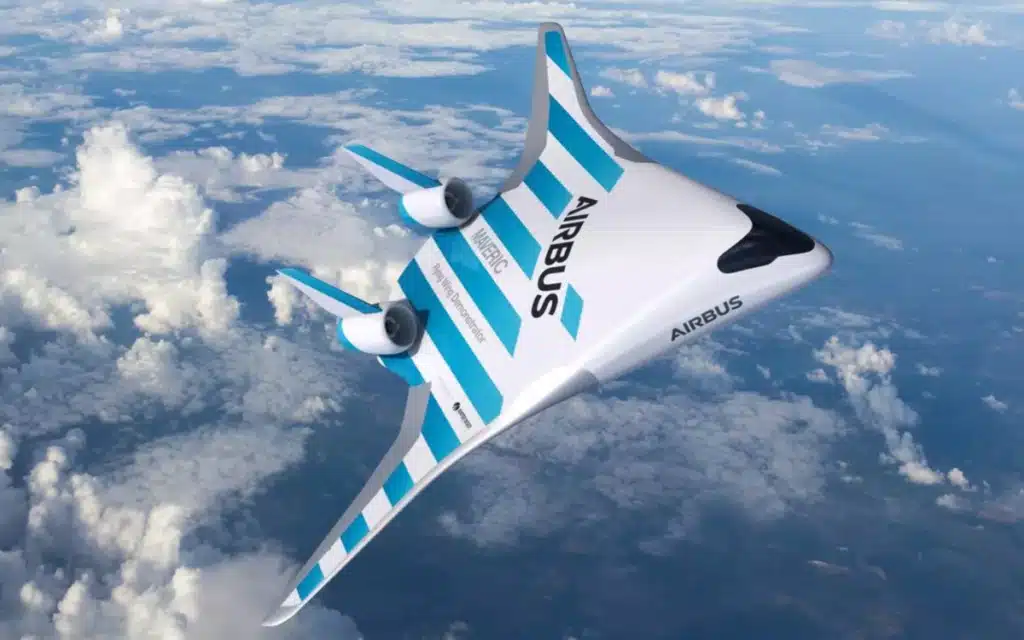
READ MORE! Supersonic nuclear-powered plane would fly from London to New York in 80 minutes
By far the most interesting-looking aircraft we’ve seen are boomerang-shaped planes also known as ‘flying wings’.
Think the B-2 Spirit Stealth Bomber, which looks mean as hell, but manages to fly through the sky majestically like a bird.
Or even the SR-71 Blackbird, which is the fastest plane in the world that doesn’t need armor, as it’s faster than missiles.
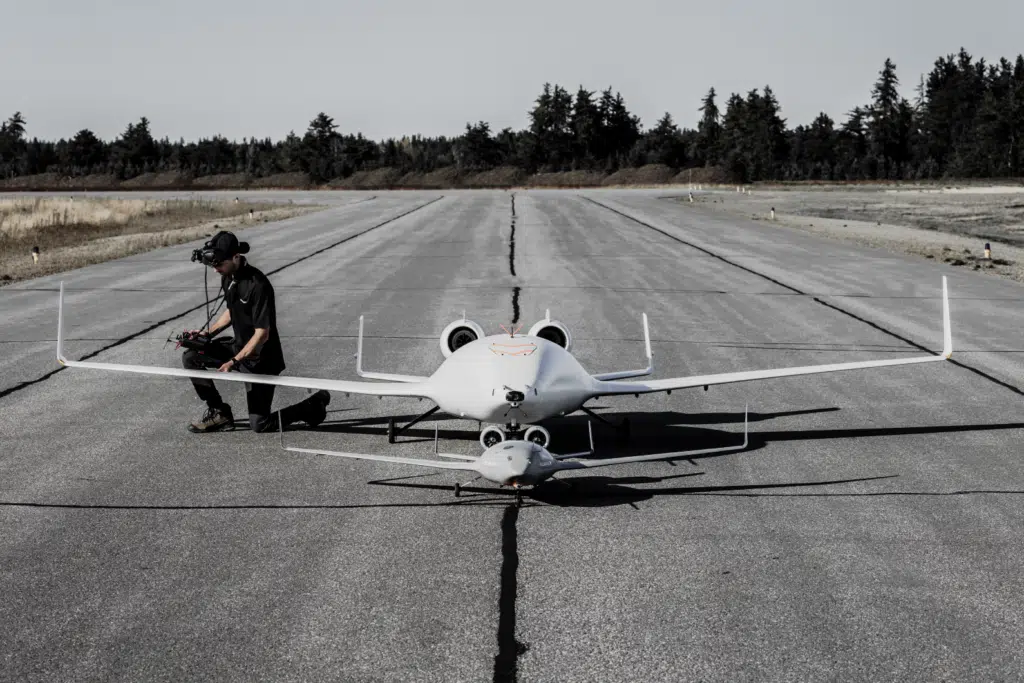
It appears blended-wing planes seem to be making something of a comeback, though.
There are a number of BWB concepts on the horizon, now addressing prior control and stability issues.
What’s more, said concepts promise more efficient operation for defense, cargo, and even commercial-passenger applications, including private jets.
The beauty of blended-wing body (BWB) planes – apart from how cool they look – is that their streamlined shape reduces drag, thereby increasing fuel efficiency and lowering carbon output.
And it’s the latter which is the main impetus for aircraft manufacturers trying to meet the industry’s widespread pledge to be carbon neutral by 2050.
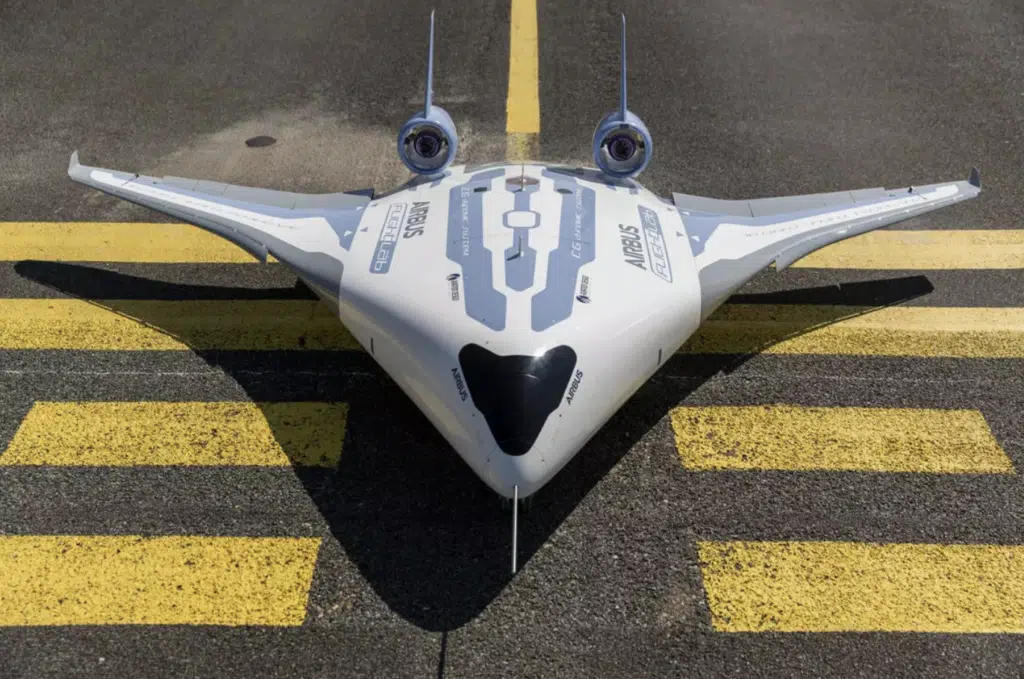
Bombardier, the manufacturer of private jets like the Global 8000, has been working on a BWB concept called the EcoJet.
Airbus, the manufacturer of the A380 that dwarfs ordinary jets, has also spent years developing a twin-engine BWB model it calls Maveric.
Then there’s California-based JetZero, which is fast-tracking a demonstrator to be ready for flight tests in 2027 and market entry in 2030.
NASA has even made a billion-dollar investment in BWB research.
There’s no denying that there are many challenges associated with developing clean-sheet, blended-wing planes.
But the hope is that those challenges will be overcome by the sheer momentum of engineering and investment being made into BWBs.
Here’s to hoping they take to the skies in the not-too-distant future.


